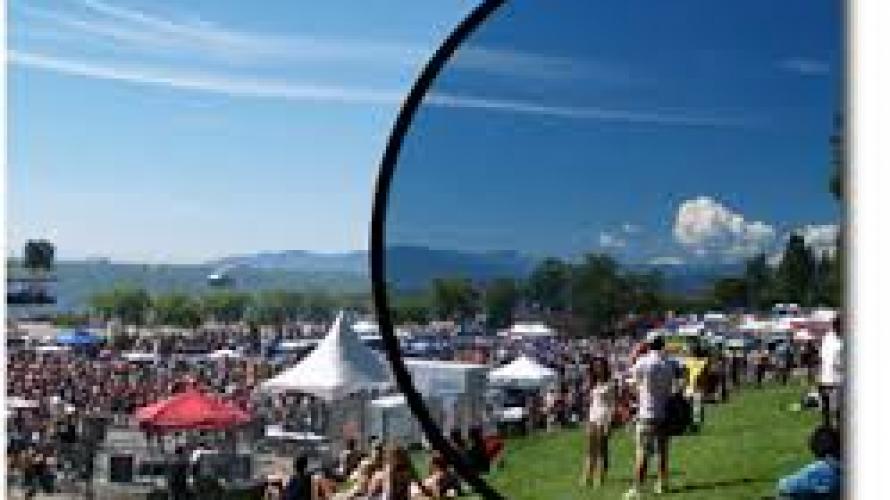
 Jenna Caplette migrated from California to Montana in the early 1970s, first living on the Crow Indian reservation. A Healing Arts Practitioner, she owns Bozeman BodyTalk & Integrative Healthcare. She says, " Health is resiliency, a zest for the journey. It’s about coming awake to the joy of being alive. As a practitioner, its a privilege to facilitate that healing process, to help weave new patterns of health & well-being. “ And by the way, healthier, happier people help create a healthier, happier world.
Jenna Caplette migrated from California to Montana in the early 1970s, first living on the Crow Indian reservation. A Healing Arts Practitioner, she owns Bozeman BodyTalk & Integrative Healthcare. She says, " Health is resiliency, a zest for the journey. It’s about coming awake to the joy of being alive. As a practitioner, its a privilege to facilitate that healing process, to help weave new patterns of health & well-being. “ And by the way, healthier, happier people help create a healthier, happier world.
Is the grass not green enough on the other side? Are pale skies making you blue? Do reflections scare you? Don't fret! When you pack your camera bag for summer outdoor adventures, check your filter collection to be sure it includes a polarizing filter.
Commonly used for landscape pictures, a polarizing filter makes the blues of Montana’s big sky “pop." In fact, it increases the color saturation of your picture so that all your colors will be more vivid. Use it to control reflections on water or high mountain snowbanks. Like a fisherman’s polarized sun glasses, this filter allows you to see and photograph objects (like fish) just below the water’s surface.
A little trick? Rotate the filter before you attach it to your lens to see if you like what you see. If you have polarized sunglasses, tilt your head to the side (you will look weird doing this but it works) and see if you like how your polarized lenses change the scene.
A couple cautions: a polarizer won’t work when directly facing or turned away from the scene’s light source. Be sure to work at a 90 degreee angle to that light source.
Another great filter to have on hand is a graduated neutral density filter. Think of it as sunglasses for the top half of your image. It allows you to reduce the exposure reaching a specific part of your picture. For example, if the sky is too bright and is going to be washed out, a graduated neutral density filter allows you to reduce the brightness of the sky without affecting the tone of the foreground. Rotate the filter 180° and it will reduce the glittering brightness of snow in the bottom of your image, allowing you to retain details and textures that might otherwise be lost.
A Variable Neutral Density Filter has multiple stops to help in long exposures during the day, and it helps to blur movement. Capture the silky, slow movement of a waterfall or cotton-candy clouds even when you are out at high noon. Another advantage? It's an all-in-one so you don't have to carry around multiple SINGLE neutral density filters.
Ultimately, the best way to learn what imaging accessories will help you get the quality of pictures you want is to take pictures. When something doesn’t work, go back to your camera store or camera club to find a solution that will get you past that particular problem. Experimentation is the best teacher. So, head on outside, with your camera and lenses ready to go, and keep taking pictures.
